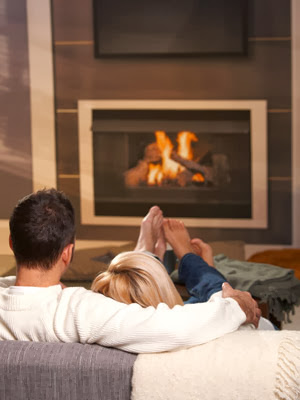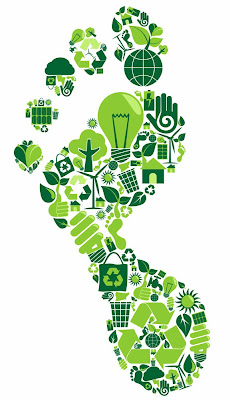The humidity level in your home is important for your skin, throat and overall health, but did you know that it is also vital to the health of your home? If the humidity level dips too low, furniture can deteriorate and certain germs will thrive. What humidity level should you keep in your home for ideal comfort and indoor air quality?
 For optimal comfort and health, studies show that indoor humidity moisture levels should be in the range of 35% to 50%.
For optimal comfort and health, studies show that indoor humidity moisture levels should be in the range of 35% to 50%.
During the winter, the humidity level drops because cold air holds less moisture than warm air. Forced air heating increases dryness because furnaces use combustion to create heat which burns out most of the water vapour from the hot air. To make matters worse, when humidity levels dip the air feels cooler than more humid environments, and we turn up the heat to compensate.
Low humidity causes static electricity, dry skin and hair, increased susceptibility to colds and respiratory illness, and can allow viruses and germs to thrive. Wood floors, furniture and millwork can split and crack. Adding a humidifier to your home can help with these problems. There are three standard methods for adding humidity to your home:
- Evaporation: Adding moisture to the air is as simple as placing a container of water near a radiator or other air heating system. Leaving wet towels and clothes out to dry is another ways to introduce moisture into the air. This is a very low-tech and low power method, and won't have a big effect on the indoor humidity level.
- Portable/Room: The most common type of humidifier is a portable one. There are two types: cool mist and warm mist, both of which use a a reservoir to hold water. The pros of portable systems are that they are easy to use, a variety of styles and prices are available, and they can be moved as needed. However, similar to the evaporative method above, control and measure of relative humidity is limited, and the reservoir must be refilled about every 24 hours.
- Whole House: This is the most controllable humidity system. A whole house humidifier is added to a furnace. Vapour is distributed directly into the heated air and circulated throughout the house via the furnace duct system. Humidity levels are controlled via a humidistat, and the method has the greatest humidification capacity and is most consistent.



